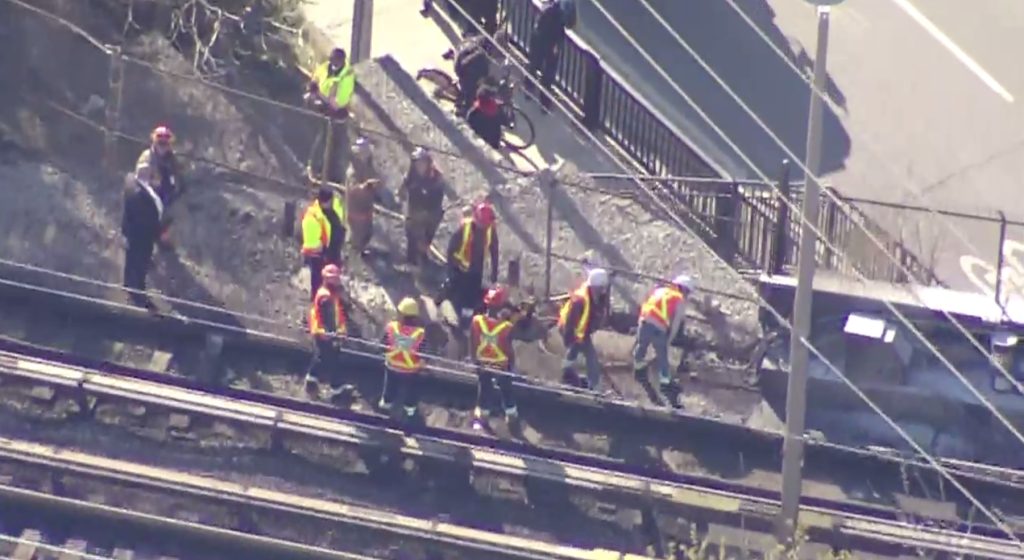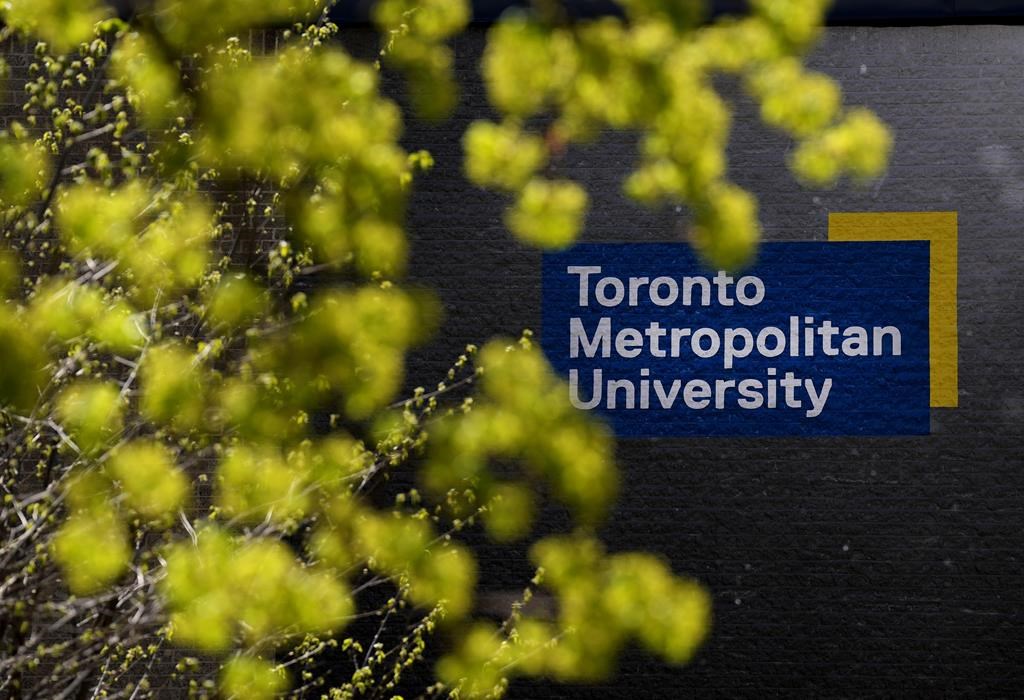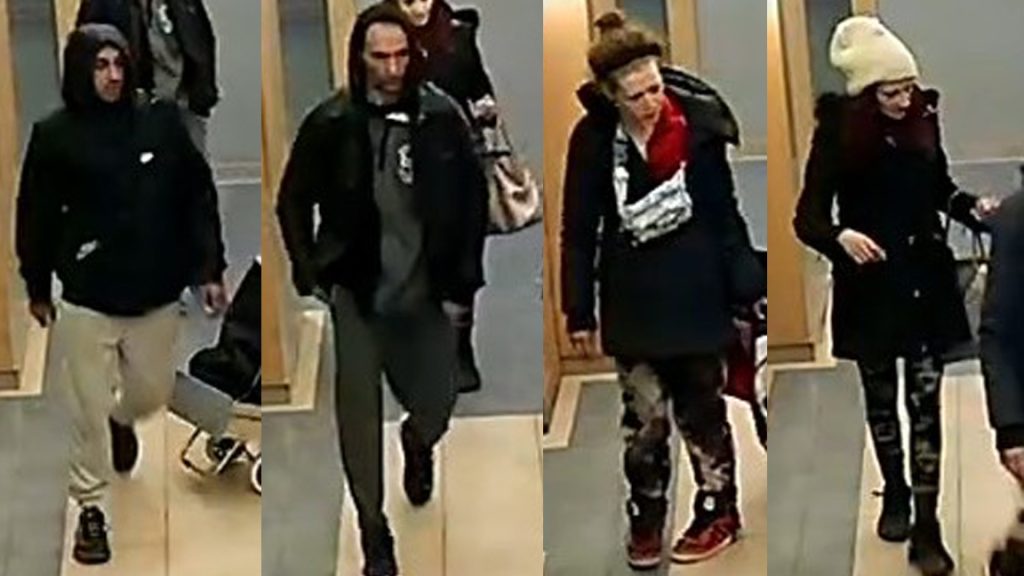Back-to-school FAQ: Your questions answered

Posted September 3, 2020 8:21 pm.
Last Updated September 4, 2020 7:07 am.
The annual back-to-school excitement has been replaced by anxiety and trepidation about starting a school year amid a global pandemic.
COVID-19 is still present in the community and even as case counts continue to hover in the 100+ range, schools are reopening and children will be in class, albeit with several changes.
Social distancing, reduced class sizes and wearing masks during most of the day are just some of the changes students will contend with. Online learning will have it’s own, steep learning curve.
To help navigate through the “new normal” in schools, Toronto’s Associate Medical Officer of Health, Dr. Vinita Dubey and education expert and former deputy minister of education Dr. Charles Pascal answered some frequently asked questions.
What are some factors parents should consider before opting for either in-person or online learning?
Dr. Vinita Dubey: There’s a number of factors to consider.
First look at your child or your children. How well can they follow instructions? What age are they? How well do they learn? Can they keep a mask on? Can they follow instructions and do they.
Then you want to look at your home environment. Are there vulnerables in your house or in your social circle that you need to consider? And what about the logistics of – could you handle online learning for your child or is that not a possibility? Do you need to send your children to school because of work?
Dr. Charles Pascal: The first thing is to recognize that parents know their kids best.
You also want to have a conversation with the principal and maybe go on-site to look at the most important thing, which is social distancing — ensuring that there is plenty of space, two meters or more between desks and that all the basics regarding hand-washing and those kinds of things are in play.
I think it’s about the environment and whether the environment is safe because there are many situations and classrooms around the province that are less than safe because of the lack of resources provided by the provincial government. In other situations, kindergarten teachers in the schools have had the ventilated space to make a go of it.
So a little more information, knowing your child, being optimistic and staying calm. The most important thing for parents is do everything you can to take care of yourself so that you don’t pass on the stress to the kids.
Are kids being asked to get tested before going back to school?
VD: In Ontario, that is not a requirement. I know that is a requirement or recommendation in other places, but not in Ontario.
When we get tested — the test result is only as good on that day. If you test negative, it doesn’t necessarily mean that you’re incubating. If you have symptoms you should stay home and get tested. But we’re not requiring all staff or students to be tested before they start school.
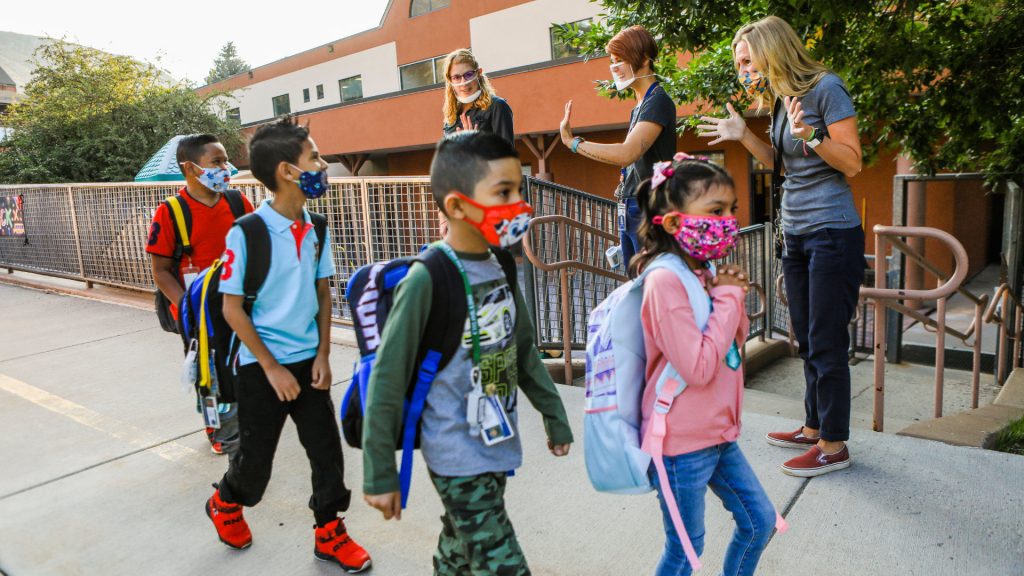
Can we expect students to wear masks all day and what are the potential risks?
VD: It’s important to mention that healthcare professionals can and often do wear masks all day as well. There has been no associated links with higher carbon dioxide and with adverse health effects.
I think the important thing to note is that students will be wearing cloth masks or disposable masks that are equivalent to cloth masks and they actually are breathable. When you pick a cloth mask you need to pick a material that is breathable. Breathable means that when you Exhale, the CO2 will be able to leave the mask and it’s not just sitting inside there.
The other important thing to note is that we’ve asked schools to build in mask breaks throughout the day. So you will take your mask off to have your lunch, you will take your mask off when you’re outdoors, for example, and so it won’t be a continuous five hours straight of wearing a mask.
CP: Having a mask on for more than a little while is challenging.
But I wouldn’t want students of any age to be in school that long without breaks. So my suggestion is, independent of the weather, let’s break it up. Let’s go for walks, let’s have walking conversations with social distance.
It’s all about monitoring and making sure that out in the playground during recess — and I think there should be more recesses — that that’s monitored and that people get used to understanding that this is not just about our own health, it’s about what we do for others.
What is the protocol for when a child begins to show symptoms at school?
VD: That’s part of the protocol that school boards have had to develop. It includes a wellness room or an isolation room where — if there’s a sick child, or even a sick staff member who can’t go home right away — they are to go into that room.
There are precautions in place, personal protective measures, cleaning precautions so that the child could wait, with observation, until they can be picked up. And then there are measures in place to make sure that the room is clean and that staff is wearing appropriate personal protective equipment.
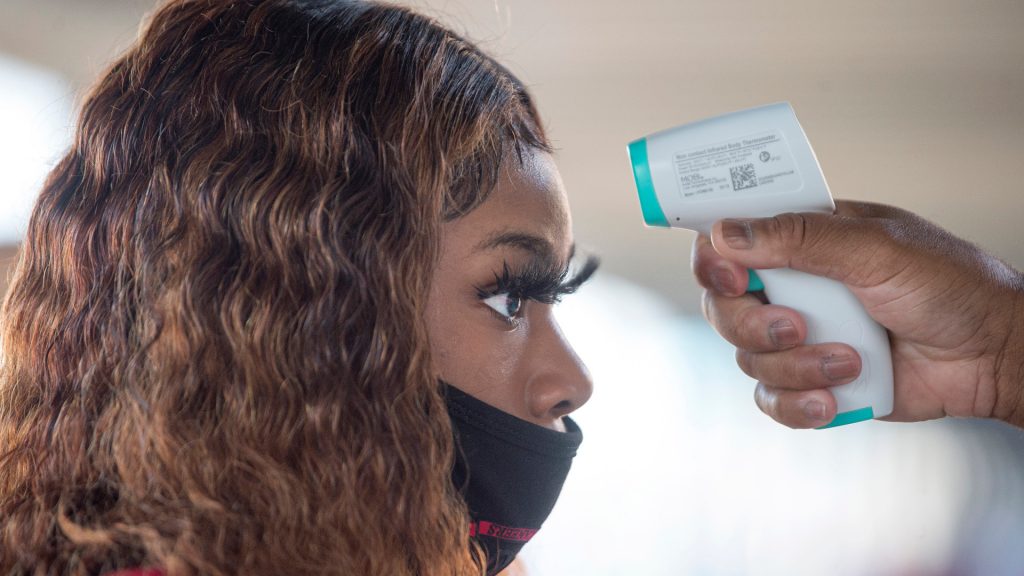
What should I do if my child is sick?
VD: There’s no question that each child and each staff is going to have to complete a screening questionnaire every morning which will ask if you have a new or worsening cough, runny nose, trouble breathing? All of those symptoms. If you do, you will have to stay home.
The recommendation is that you go and get tested if you have symptoms. If you test negative, then 24 hours after your symptoms get better, you can actually return to school.
What are the options for in-school and online learning?
VD: The Ministry of Education has asked school boards to develop three plans — one plan is regular, in-person learning and for Toronto that means elementary schools will be in regular, full-time classes.
Then there’s the adaptive learning option, which in Toronto means high schools will have half day classes and half day online remote learning.
The third one is online only, where some of the boards in Toronto have to set up a whole online school that your child will be a part of.
There will be certain dates of entry to choose in-person or online learning so check with your board.

Will online learning be effective and sufficient for my child?
CP: Highly effective online learning is interactive. It’s not the transfer of information to the black box of technology and out comes lectures and instructions.
It’s highly interactive, it adapts to individual differences of kids and what they like, there’s problem solving, there’s peer group stuff that you can create in chat rooms. So there’s a huge amount of creative ways of having high levels of interactivity.
I’ve been teaching at the university level for 10 years in virtual ways where 15 doctoral students at a time, wherever they are in the world are, are involved in a very intimate, peer supporting environment. So those kinds of things, I have a lot of confidence in our teachers to be able to eventually develop that. But that kind of investment in doing those things creatively is going to take time, not just a couple of months.
How are teachers being kept safe?
VD: Staff, whether its teachers or other staff working in schools, will be given personal protective equipment to make their work environment safe. That’s actually a requirement for any staff, no matter what kind of work you do, you should be provided the proper protection so that you can do your job and be protected.
What if a student cannot wear a mask due to a medical condition like asthma?
VD: We’re recommending that all students have mask breaks, because we recognize that wearing a mask for the whole day is going to be difficult.
Those who have a medical condition where they couldn’t wear a mask – that might be an exception. If a child needs a mask break when there isn’t a classroom mask break, you could talk about having procedures in place where they might go to a place where they have a two metre distance, take the mask off, take that mask break and then put it back on for example.
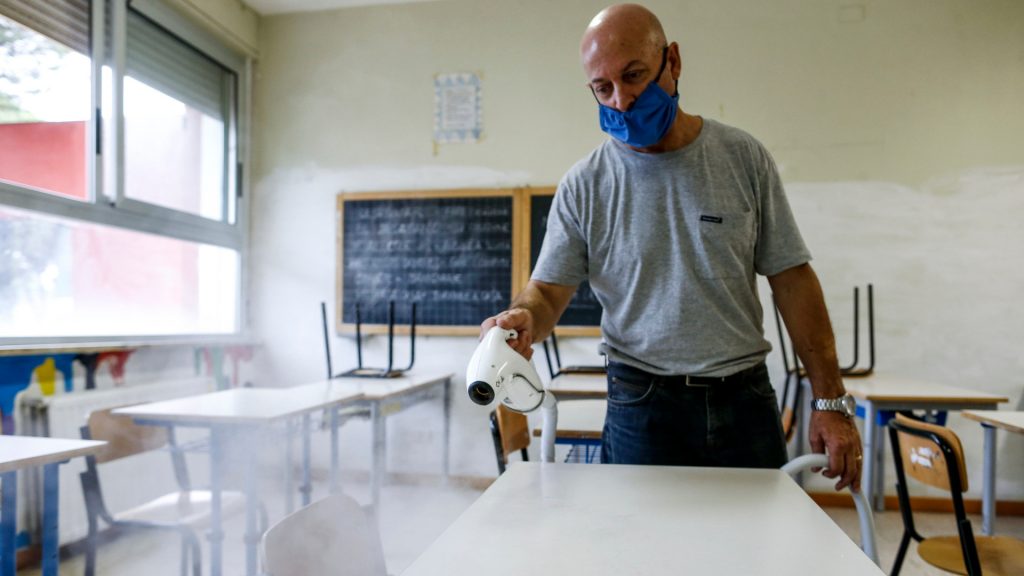
Is it really safe for our kids to go back to school already?
VD: I think every parent has to make that decision for themselves and their children.
Some parents who feel that it’s not safe to send their kids back can certainly choose the online option — every school board is required to have that option for exactly that reason.
I think we will continue to follow to decide whether at some point maybe schools need to be shut down. That is something that Toronto Public Health will be following to make that assessment.
I think you can expect that we will see cases of COVID in schools. One case in a school doesn’t mean that all schools need to be shut down. Even two cases in a school might not even mean that school needs to be shut down.
We certainly do not want to see COVID spread and putting things on hold, shutting things down is one of our public health measures.
I want parents to know that that’s a decision for Public Health. School boards can also be conservative and make that decision, but often we do it together. But it is not something that will be left to the school boards, it is a Public Health action.


